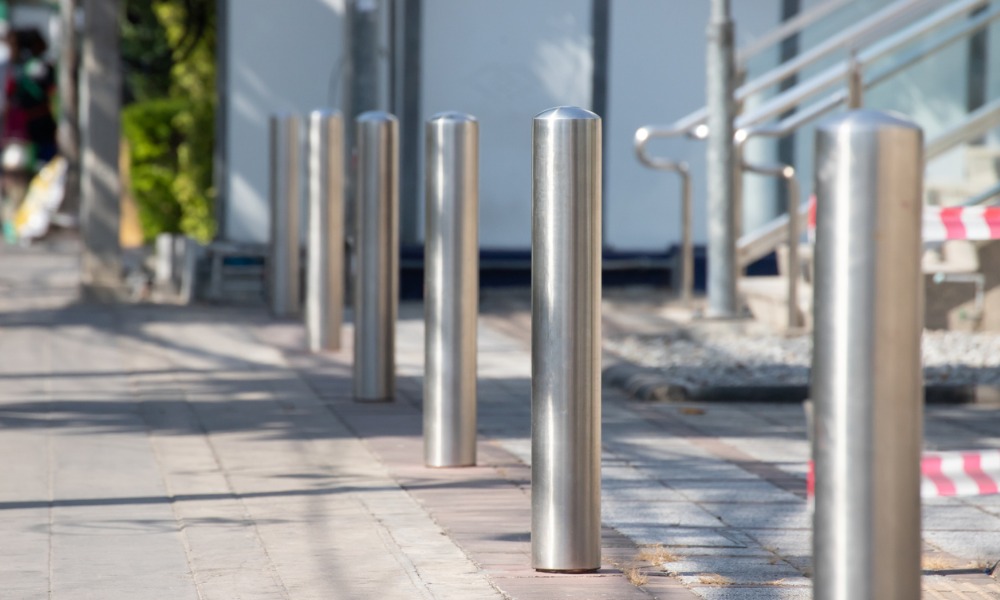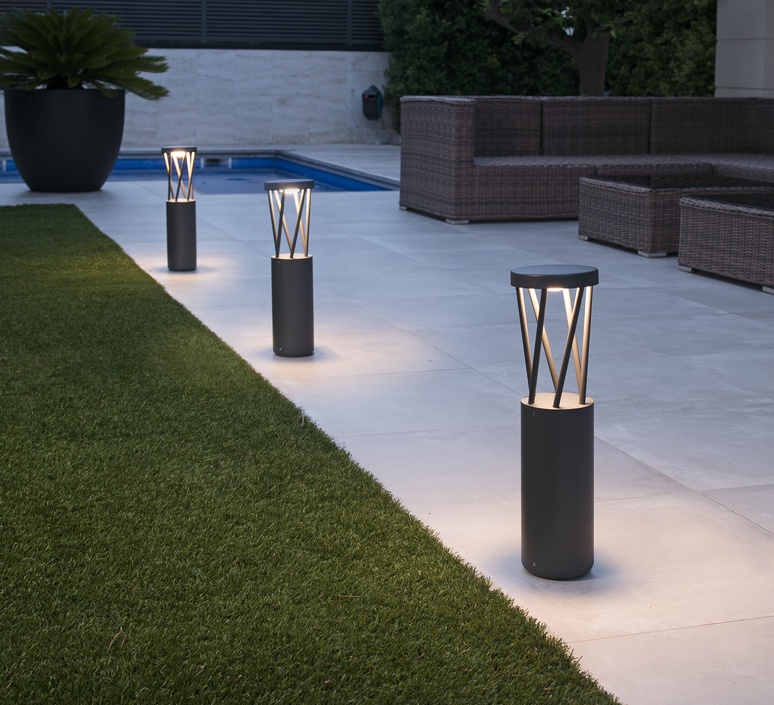Bollards, derived from the Old Norse word "bálkr" meaning "a post," have evolved from their historical maritime origins to become an indispensable part of modern infrastructure. These sturdy, vertical posts are functional and play a crucial role in enhancing safety, security, and aesthetics in various environments.
In this comprehensive exploration, we will delve into bollard and its diverse uses, benefits, shedding light on their pivotal role in shaping our surroundings and promoting well-being.
The Role of Bollards in Public Safety
The primary function of bollards is to protect pedestrians and structures from vehicle-related accidents. By effectively delineating pedestrian zones and vehicle pathways, bollard act as a physical barrier, preventing unauthorised vehicle access and enhancing overall safety measures in public spaces. Their presence is vital in mitigating the potential risks of vehicular traffic, making them an essential component in urban planning and infrastructure design.
Bollards as Architectural Elements
In addition to their safety features, bollards have transcended their utilitarian role to become integral elements of architectural and urban design. When strategically incorporated into urban landscapes and public spaces, bollard serve practical purposes and contribute to the aesthetic appeal of the surroundings. From modern cityscapes to historical landmarks, innovative architectural uses of bollards worldwide showcase their versatility in seamlessly blending functionality with visual appeal.
Types and Materials of Bollards
Bollards come in various designs, each tailored to specific applications and environments. Their diversity ranges from fixed, removable, and collapsible bollards to decorative and illuminated variations, each offering unique functionality and visual attributes. Furthermore, the materials used in manufacturing bollards, such as stainless steel, concrete, and decorative cast iron, play a significant role in determining their durability, strength, and overall aesthetic impact. Considering these factors is crucial when selecting the right type of bollard to suit the specific needs of a given location or setting.
Innovative Applications Beyond Safety Measures
Beyond their traditional role in safety and security, bollards have found innovative applications in various domains, including environmental sustainability initiatives, event management, crowd control, and outdoor activities.

Their adaptability and versatility enable them to be repurposed unexpectedly, showcasing their potential to contribute to various initiatives and settings.
Future Trends and Technological Advancements in Bollard Design
As technology advances, bollard design is also evolving to incorporate new features to enhance functionality and efficiency. Emerging technologies, such as automated retractable bollards and sensor-integrated systems, are revolutionising how bollards operate, further expanding their potential applications. Additionally, sustainable materials and eco-friendly innovations in bollard production are shaping the future landscape of bollard usage, aligning with global efforts towards sustainability and environmental consciousness.
Case Studies and Success Stories
Real-life examples of successful bollard implementations demonstrate their positive impact in various contexts, including urban revitalisation projects, event security, and notable architectural installations. These case studies offer valuable insights into the practical benefits and outcomes of integrating bollard into diverse environments, highlighting their role in shaping safer, more functional, and visually appealing spaces.
Practical Tips for Selecting, Installing, and Maintaining Bollards
When considering the installation of bollards, it is essential to assess the specific needs of the environment, considering factors such as location, purpose, and budget. Following best practices for installation ensures their effectiveness in serving their intended function. Moreover, proper maintenance is critical to prolonging the lifespan and performance of bollards, safeguarding their functionality and visual appeal over time.
Conclusion
In conclusion, the multifaceted nature of bollards extends beyond their conventional role as safety barriers, encompassing architectural, environmental, and technological dimensions. Embracing the diverse uses of bollards empowers the creation of safer, more aesthetically pleasing environments, fostering a harmonious balance between functionality and visual appeal. By further exploring innovative applications and advancements in bollard design, we can harness their full potential in shaping the future of urban landscapes and public spaces.
In this comprehensive exploration of guard rail, we have uncovered their significance as safety guardians and their potential to contribute to various initiatives. As we evolve and innovate, bollards stand as steadfast sentinels, embodying the commitment to creating secure, visually captivating, and sustainable environments for future generations.


No comments yet